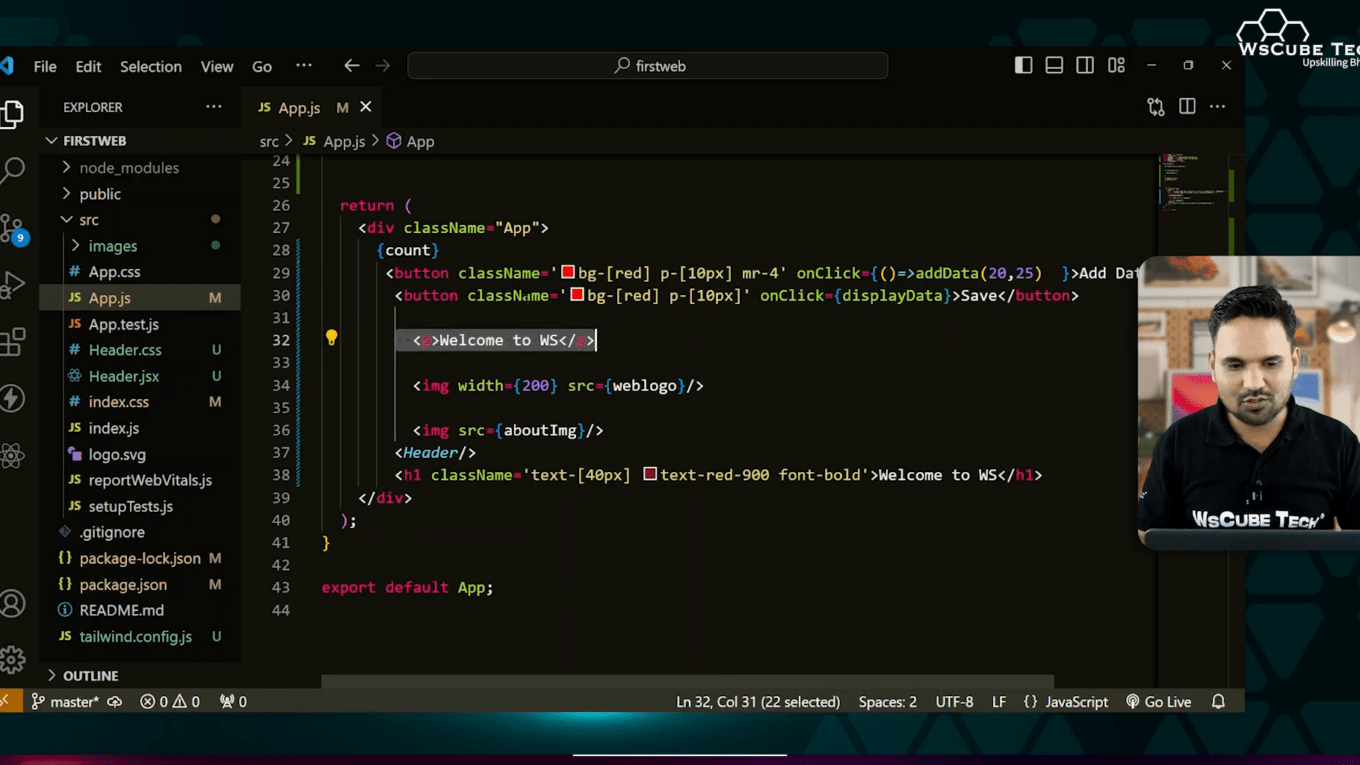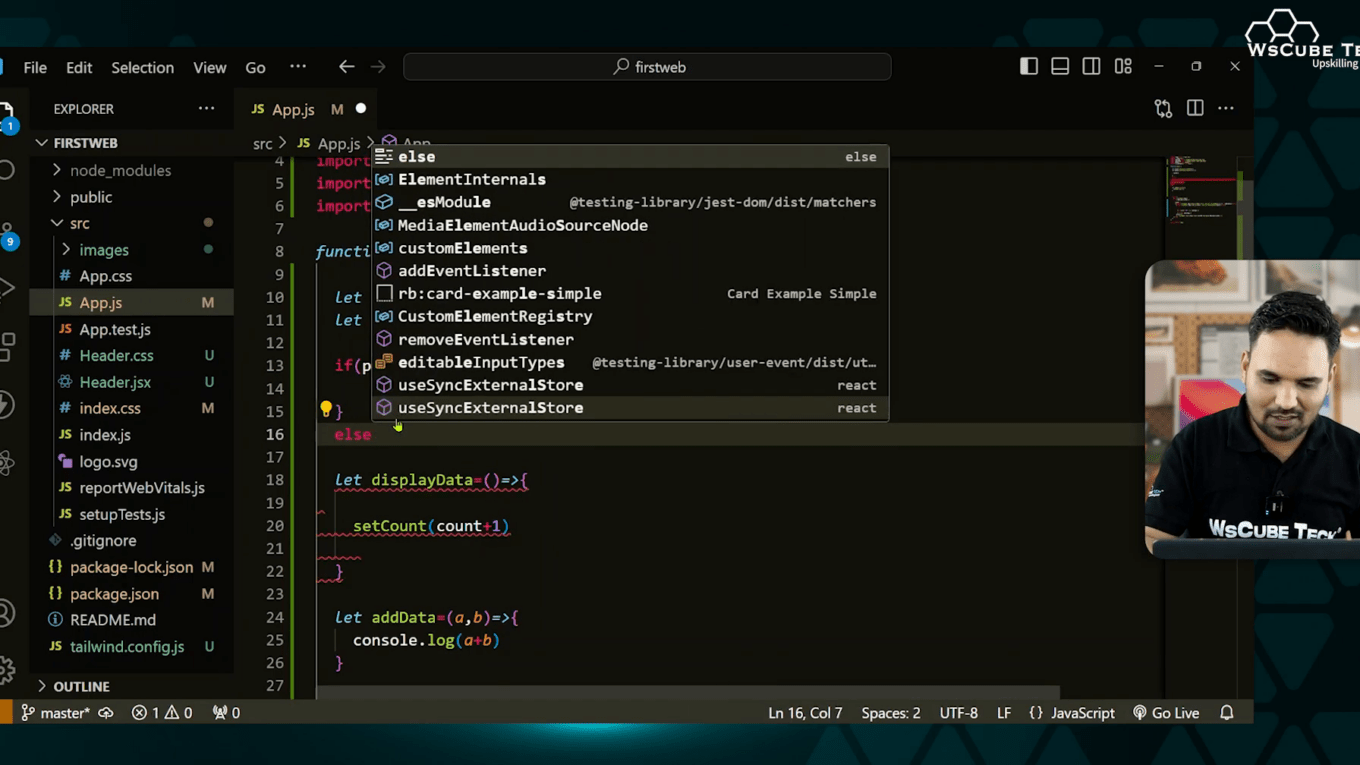If Else Conditional Rendering Statement in React JS (All Doubt Clear) 🚀
It is an undeniable fact that React JS is one of the most valuable libraries when it comes to user interface development, and companies will define conditional rendering as an important skill any developer must possess. Therefore, in this paper, we will focus on conditional statements, which include the if-else statement and the understanding of how it is implemented in React. We will also cover real-world use cases, namely, how to achieve effective state management using the useState hook.
Understanding Conditional Rendering in React 🌟
Conditional rendering in React refers to the ability to show different user interfaces depending on specified conditions. Therefore, most of the time, through if else conditions or ternary operators. In the case of React, the order of the logic might not necessarily be the same as that of standard programming languages and therefore adequate comprehension on the interplay of the constructs is quite imperative.

This section will reveal the core principles that lie underneath the concept of conditional rendering and the importance of this concept while building dynamic applications. The focus of the reader also makes sure that specific components render only when required and that would be the case in this scenario.
Why Use Conditional Rendering? 🤔
- Dynamic User Interfaces: The use of conditional rendering helps developers in creating the interfaces which are modified in accordance with the user input thereby improving the interface.
- Performance Optimization: If an application has unnecessary components, it renders them in a more effective manner.
- Improved Readability: The structure of conditional logic is ‘open’, this notwithstanding; most programmers hate their code.
Setting Up a Basic Example 🛠️
In order to make it more practical, let us examine the simplest way of applying conditional rendering in React. We will work on a simple component that presents a welcome message depending on the state of a variable. At the beginning, this variable will be false meaning that at first the welcome message will not appear until the user clicks the component.

Creating the Component 🧩
To begin, we will create a functional component that utilizes the useState hook. This hook will manage the state of our variable.
import React, { useState } from 'react';
const WelcomeComponent = () => {
const [isVisible, setIsVisible] = useState(false);
return ({isVisible &&
Welcome to WS!
}
); };
In this code, we use the useState hook to create a state variable called isVisible. By default, its value is set to false, meaning the welcome message will not be displayed initially. When the button is clicked, the state will toggle, and the message will either show or hide based on its value.
Using If-Else Statements in React 🔄
While ternary operators are commonly used for conditional rendering in React, if-else statements can also be effectively utilized. The key is to determine when and where to implement these statements within the component logic.

Implementing If-Else Logic 📝
To demonstrate the if-else logic, let’s modify our previous example. Instead of using a ternary operator, we will implement a more explicit if-else structure.
const WelcomeComponent = () => {
const [isVisible, setIsVisible] = useState(false);
let message;
if (isVisible) {
message =Welcome to WS!
; } else { message = null; } return (
); };
Here, we introduce a variable message that contains our JSX code. Depending on the current value of isVisible, it will show the welcome message or not. This type of presentation is extremely effective especially for more complicated logic requiring numerous conditions to be checked.
Best Practices for Conditional Rendering in React 📏
Best practices are important for improving the quality and maintainability of the code, while implementing conditional rendering.
- Simplicity Rule: Do not write overly complex conditions. If necessary, split them into simpler parts.
- Use Proper Names: Give appropriate names to state variables and functions for their expected use.
- Do Not Render Unnecessary Components: Do not render superfluous components only to enhance performance.
Advanced Conditional Rendering Techniques 🔍
Having attained some knowledge of basic conditional rendering, you might want to look into more advanced techniques so that you can enhance your applications even more. These techniques encompass, among others, rendering components according to user role and permissions, as well as feature flags.

Rendering Based on User Roles 🎭
In case of applications with the user authentication, different components may be required to be rendered depending on who the user is. An example is an admin user who has control that a regular user does not have.
const UserRoleComponent = ({ role }) => {
if (role === 'admin') {
return ;
} else {
return ;
}
};
This example shows how you can leverage if-else statements to render different components based on the user’s role, providing a customizable experience.
Conclusion 🎉
This reason makes it very clear that conditional rendering is one of the essential concepts when working in React that allows making applications dynamic and interactive. If you learn how to use if-else statements and the useState hook properly, you will improve the usability and performance of your applications.
Make sure to keep on practicing these concepts from here on with a lot of consideration because as you go on, you are also going to learn more advanced techniques in building hence amping your applications further. All the best!
